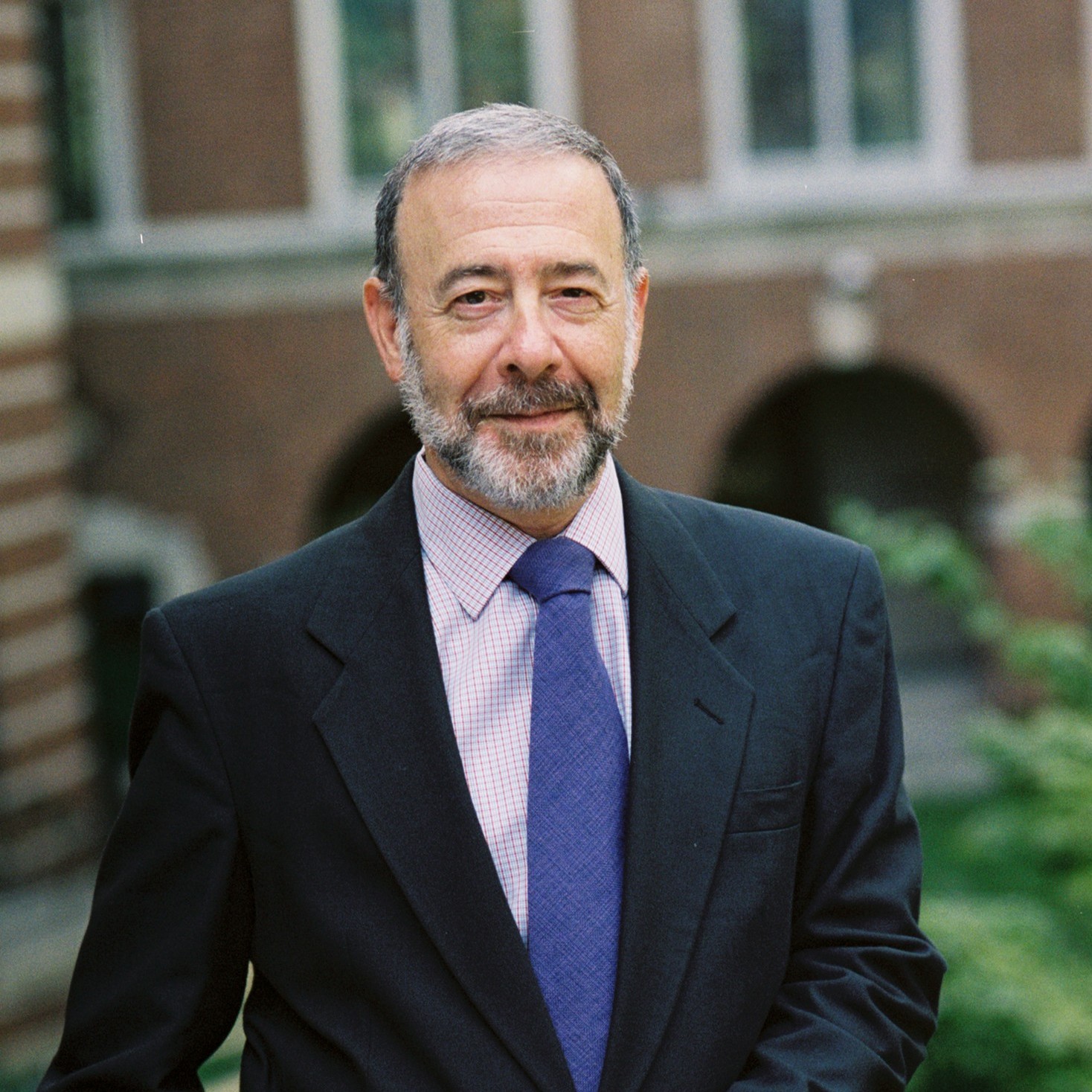On Jewish Catastrophe and Rebirth
Posted on Dec 07, 2020

When the Posen Library of Jewish Culture and Civilization, a monumental anthology project, was just getting organized, Professor David G. Roskies got a phone call from its founding editor. Would he be interested in editing Volume 9, covering the years 1939 – 1973? Dr. Roskies, the Sol and Evelyn Henkind Chair of Yiddish Literature and Culture and Professor of Jewish Literature, was certainly no stranger to the anthological genre. The Literature of Destruction: Jewish Responses to Catastrophe (1989) had been his most ambitious anthology to date, but the end point of that book was 1947 and its major focus had been Eastern European Jewry. The Posen mandate was to encompass world Jewry in all languages and all genres, including art, architecture, and music. “Why me?” asked Roskies in typical Jewish fashion, answering the question with another question. “Because you get things done,” came the quick reply.
What Professor Roskies, with the help of his co-editor Professor Samuel Kassow and a handpicked international team of nine scholars, could not have known is that the volume would take 16 years to complete. Last month, Yale University Press released the long-awaited ninth volume of the Posen Library of Jewish Culture and Civilization, subtitled Catastrophe and Rebirth, 1939 – 1973, which summed up its contents. For the cover art, Professor Roskies chose the iconic photograph of David Ben-Gurion standing on his head; or as Prof. Kassow recently quipped, of Ben-Gurion turning Jewish history on its head.

Dr. Roskies describes the period of 1939 – 1973 as one of “exile and homecoming,” of indescribable loss and dramatic new beginnings. So many Jewish worlds were destroyed in Europe and in Arab countries. Yet in the same period, Israel was born and American Jewry flourished. Following a rich opening chapter dedicated to the war years, both inside Nazi-occupied Europe and in the Free Zone, the book begins again with the story of Israel and ends with the U.S. These are “Zion and the new Zion, two bookends, and we want people to see how those two bookends talk to each other,” Dr. Roskies explains.
This is the power of anthologies, he adds, “to connect the dots in ways we didn’t see before.” Anthologizing is also a quintessentially Jewish practice, Dr. Roskies said—the Talmud being one famous example. Felix Posen, the philanthropist who launched the Posen Library, wanted his anthologies to express the multiplicity of Jewish life and culture, secular and religious, throughout history, creating what Dr. Roskies calls a kind of “secular equivalent to the Talmud” that would engage modern Jews in dialogue with their living past.
Philosophically, the project is “based on the idea that Jewish history can give modern Jews a sense of personal identity,” Dr. Roskies says. It offers unprecedented access to the voices of the Jewish past, speaking 19 different languages (in translation)—Africaans, Arabic, Czech, Dutch, English, French, German, Hebrew, Hungarian, Italian, Judeo-Arabic, Ladino, Persian, Polish, Portuguese, Russian, Serbian, Spanish and Yiddish. Each selection was carefully curated by scholars to offer readers the chance to make connections, draw conclusions, ask new questions, and perhaps, for contemporary Jews, find “a vision of ways to create a community of meaning.”
Ultimately, says Dr. Roskies, the question asked by the Posen series is: “Can the past be harnessed to build a Jewish future?”
Read more about the Posen Library and Volume 9 in the series
Learn about the Posen Digital Library
Watch a recent discussion with Professor Roskies and others about Volume 9



